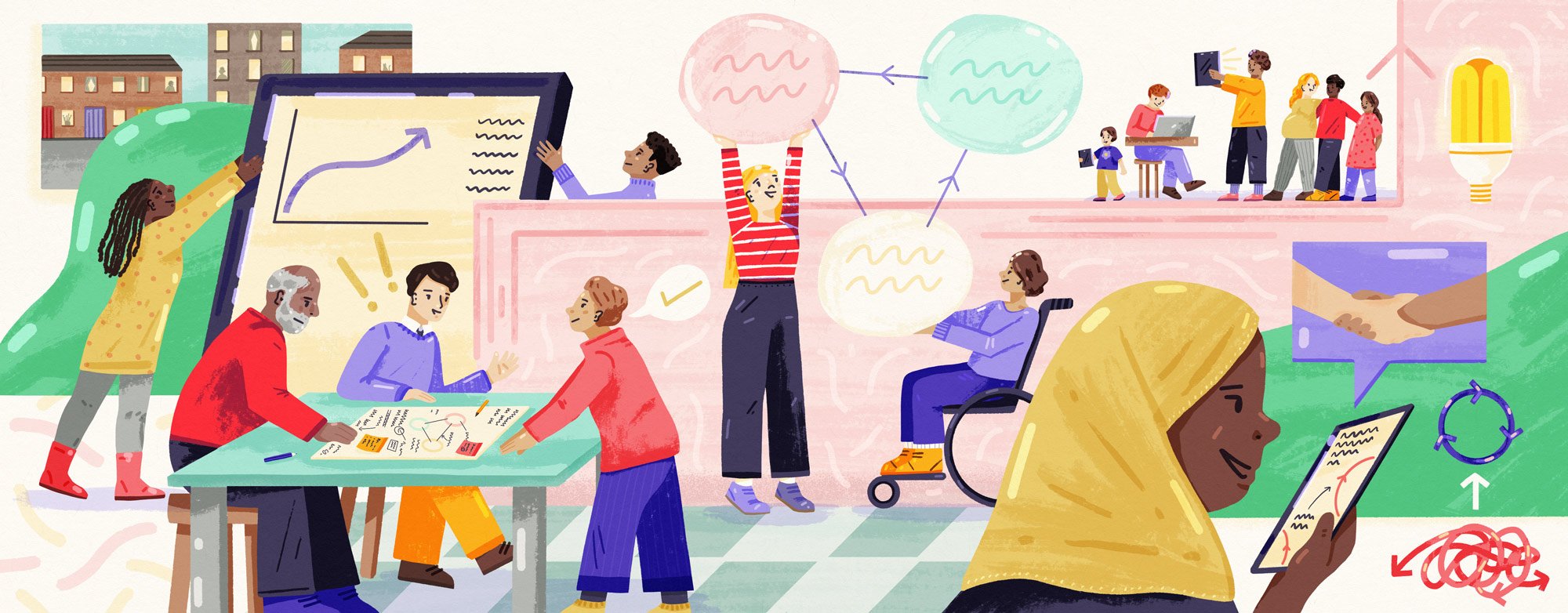Community Tech meets Digital Sustainability: A Green Handbook for Community Tech Practitioners
If the internet were a country, it would be the 7th largest emitter of CO2, producing more emissions than the shipping industry. This makes it the world’s largest coal-powered machine.
Today we’re launching a new Green Handbook for community tech practitioners, commissioned by Promising Trouble and Power to Change, and produced by the Green Web Foundation.
The numbers are clear. We are in a climate emergency, and we need to act now. In 2022, greenhouse gas emissions were at a record high, and since 2018 we have experienced the hottest years ever recorded.
However, one aspect is often overlooked: the environmental impact of digital technologies. Smartphones, digital platforms and the internet itself are assumed to be part of the solution.
Digitisation plays an important role in advancing sustainability. However, the use of digital tech is not impact-free, from the manufacture of devices through to the electricity required to use such devices and transfer data between them. If not used with care, it creates significant problems.
Nevertheless, there are pathways to digitally sustainable futures. And we know that community organisations can become pioneers of sustainable digital tech, whether in open source communities, by using tools to measure the carbon impact of digital services, or participating in initiatives for the right to repair of electronic devices.
This easy-to-use, approachable handbook is designed for community tech practitioners who are interested in building or maintaining sustainable, digital technology alternatives. We want to help you answer the following questions:
What is digital sustainability and how can you work towards it?
What are the first steps for your organisation to transition to digital sustainability?
What inspiring pathways already exist and how can we learn from them?
Read the Green Handbook here
If you would like to find out more about community tech, or would like to receive news and updates, please join our mailing list.
We’d love to hear from you as we shape this exciting, growing field in 2023.
